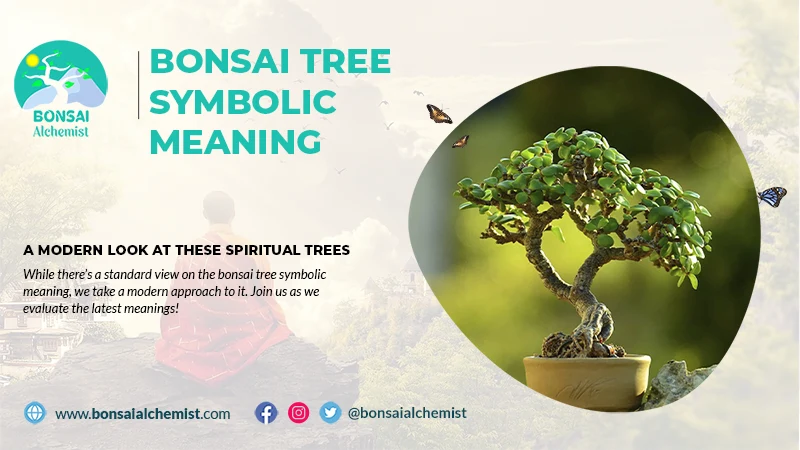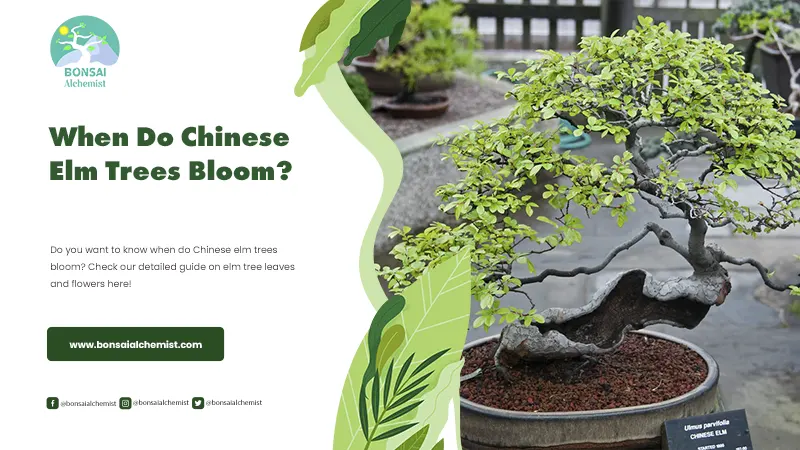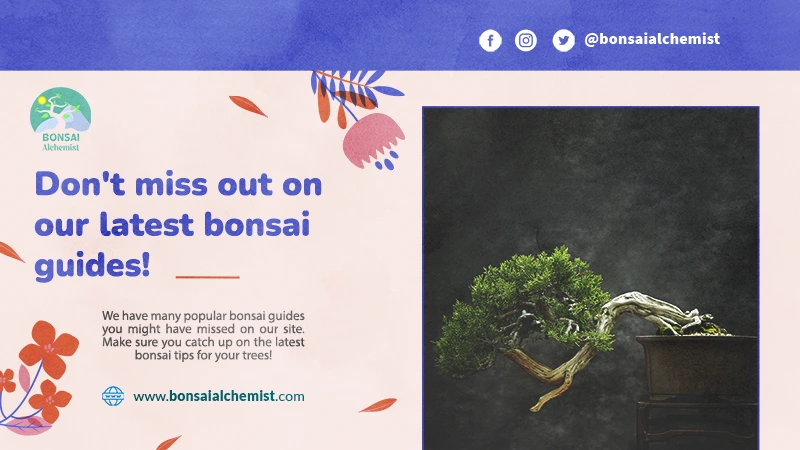How to Fix Root Rot in Money Tree
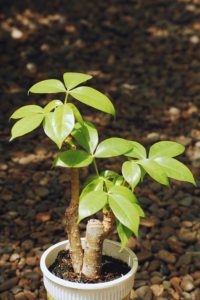
A money tree, also known as Pachira Aquatica, is one of the most suitable bonsais to grow indoors. It doesn’t require a lot of maintenance. But sometimes, you may encounter a problem of root rotting which needs your attention. In this article, we’ll explore how to identify these signs and fix a root rot.
Fixing Money Tree Root Rot
Root rots usually happen due to overwatering. Initially, the symptoms aren’t visible at the above-ground level, so it’s difficult to know if a plant is suffering from this problem. However, you can still identify a rot in time and save your Pachira by watching out for these signs:
Slow Growth
When there’s root rot, they don’t absorb the nutrients from the soil well, which hampers the bonsai tree’s growth. However, during the winter season, there’s not much growth since the tree goes into dormancy. During the rest of the year, if you notice a slow growth, you should examine the roots.
Soil Smell
The soil would emit a foul odor. If you suspect that there’s root rot in your Pachira, you might want to catch a whiff of the soil to know if there’s a weird smell. It’s because of the growth of bacteria in soil due to excess water and a lack of oxygen.
Leaves
One of the easiest telltale signs of root rot is wilting or discolored leaves. They don’t look green and shiny anymore and start turning yellow. Discoloration also happens when the older leaves turn yellow before falling off, and that’s normal. If you see unusual discoloration happening to your tree, wait no further to examine the roots.
Roots
When the roots are rotting, they tend to turn brown and mushy. A healthy plant usually has white and crispy roots. Make sure that when you’re checking the roots, you’re taking the Pachira out of the pot. If roots are pulled, they can break, and it’ll weaken the plant.
Trunk
If you notice that the trunk of your tree has become soft and mushy, it could be due to overwatering and unhealthy roots. In this case, you’ll have to remove the trunk along with the damaged roots.
Algae
If you notice any algae or mold on your plant, it’s a symptom of an underlying issue with the plant.
Fixing
Once you are certain there’s root rot in your tree, you can take steps to fix it depending on the severity of the damage.
If you think your plant is slightly overwatered and the major problem is that of discoloration of leaves without any root rot, you can fix the problem easily. Firstly, stop watering your plant for a brief period of time until it’s dry. You can then remove any dead leaves from the plant by pinching them off. You can use sterilized scissors as well if you want.
You should also repot your plant in a new planter or can reuse the old one. Make sure your container has a drainage hole at the bottom as we don’t want any overwatering issues again. Also, if you’re reusing your old pot, make sure to clean it thoroughly and get rid of any fungus. Finally, you should remove the old soil as there’s a likelihood of fungus and bacteria in it. And then, fill your planter with fresh potting soil.
If the problem with your Pachira is more severe and there’s root rot, you should take all of the above steps to fix the overwatering problem. Additionally, you should also prune back the bad roots and soft stems. If there’s extreme damage, remove most leaves as well. While pruning the roots, don’t remove more than one-third of the root system, as it can be stressful for the plant.
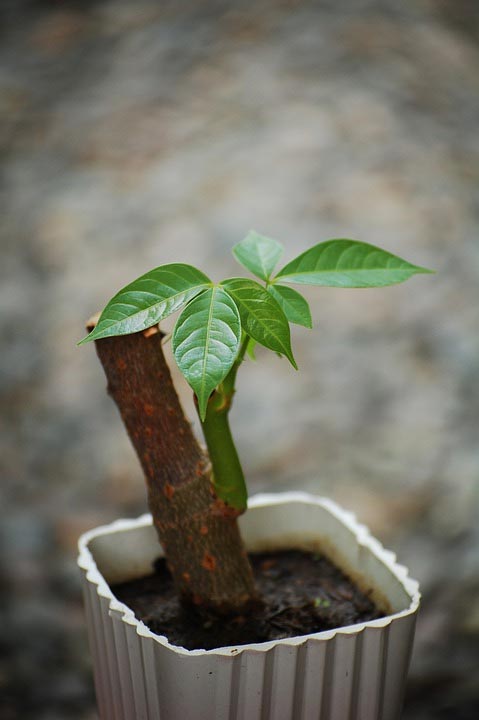
Aftercare
Remember, you don’t want to overwater your tree again and end up in the same situation. The golden rule for proper care is, water your plant only when you see the top two inches of its soil dry. There’s no need for a fixed schedule, as you’ll notice the time it takes for the soil to dry isn’t the same every time. Standing water isn’t healthy for the tree, and you should immediately empty it.
If your plant has reached a point that you can’t fix it anymore, your final resort is to propagate it from cuttings.
We have a detailed bonsai tree care guide with all the relevant information. Check the guide out here!



